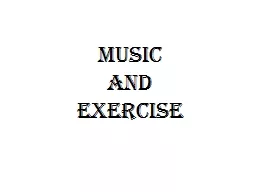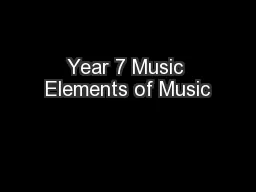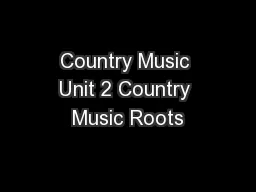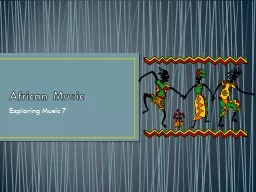PPT-The Science of Music
Author : jane-oiler | Published Date : 2016-06-25
Dr David Hamrick Zale Library at Paul Quinn College 16 November 2012 What is Sound Sound is a mechanical wave It moves through a medium Like waves in water Or earthquakes
Presentation Embed Code
Download Presentation
Download Presentation The PPT/PDF document "The Science of Music" is the property of its rightful owner. Permission is granted to download and print the materials on this website for personal, non-commercial use only, and to display it on your personal computer provided you do not modify the materials and that you retain all copyright notices contained in the materials. By downloading content from our website, you accept the terms of this agreement.
The Science of Music: Transcript
Download Rules Of Document
"The Science of Music"The content belongs to its owner. You may download and print it for personal use, without modification, and keep all copyright notices. By downloading, you agree to these terms.
Related Documents














